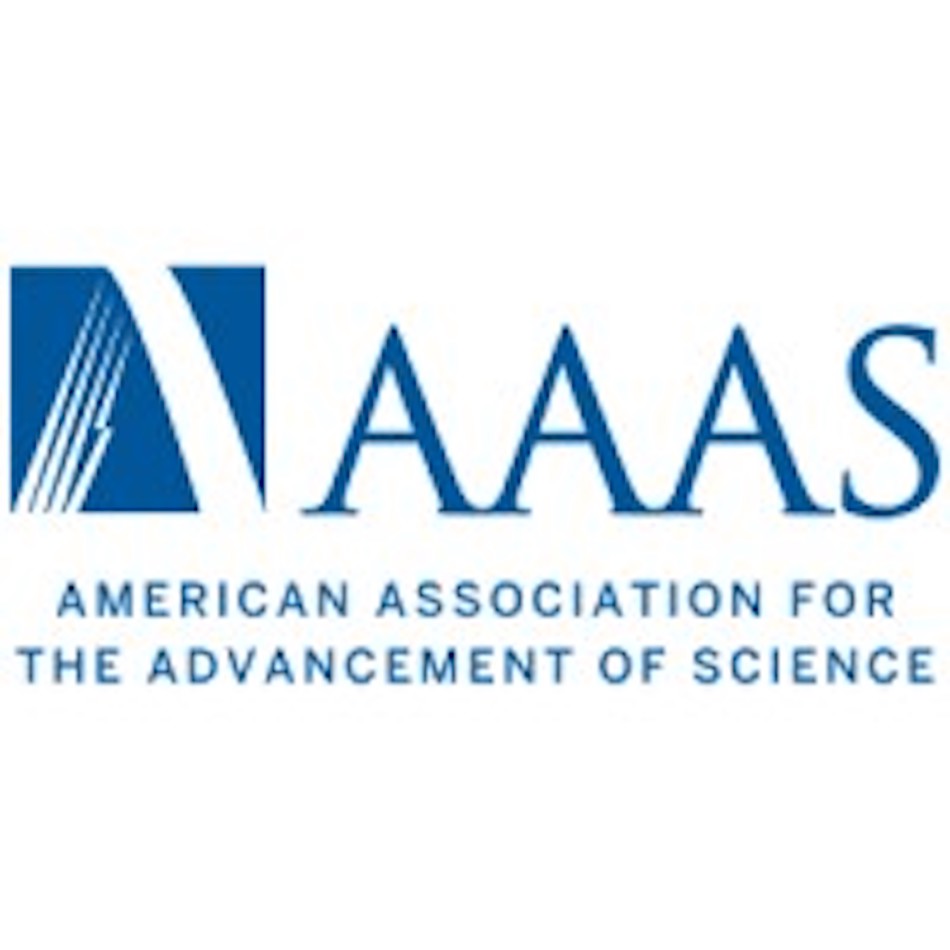AAAS Panel - Transmission of Airborne Pathogens through Expiratory Activities
February 18, 2022, 10:00 am to 10:45 am
Join Language Sciences Co-Director, Bryan Gick, as he moderates the AAAS Scientific Sessions panel, 'Transmission of Airborne Pathogens through Expiratory Activities'.
Panel Synopsis
The COVID-19 pandemic has made research into virus transmission a top scientific priority. SARS-CoV-2, the virus that causes COVID-19, can be spread through virus-infected saliva droplets and particles. The details of how far and fast saliva droplets and particles disperse through the air, and under what circumstances, remain under investigation. Researchers are still learning about how saliva droplets and particles of varying size travel during expiratory activities, including singing, coughing, and speech. When people speak, they cycle through 90 percent of our lung capacity -- saying “aah” can release more particles than the same duration of coughing. Yet, compared to coughing and sneezing, virus spread through speech production has been little investigated. Additionally, the effect of environmental factors, such as ventilation and closed vs. open-plan offices, on droplet and particle travel distance remains to be established. Understanding the movement of saliva droplets and particles from the mouth and nose during a variety of expiratory activities provides invaluable information which can inform social distancing policy and contribute to a more general understanding of droplet/aerosol behavior and pathogen transmission. Speakers present new research from multiple scientific fields converging on factors that determine the spread of disease during speech communication, singing, and coughing, and suggest guidelines that can limit the spread of airborne pathogens.
The presenters for this panel are Sima Asadi, Nicole Bouvier and Donald Derrick.
Registration
Registration with Deluxe Access is required to attend this event. Register here today!
